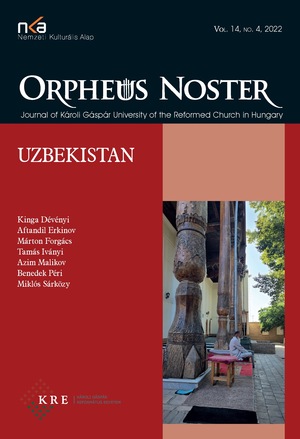Arminius Vambery and the urban culture in Samarkand
Arminius Vambery and the urban culture in Samarkand
Author(s): Azim MalikovSubject(s): History
Published by: Károli Gáspár Református Egyetem
Keywords: culture; Bukharan Emirate; orientalism; urban history; symbols; historical monuments; urban identity
Summary/Abstract: The article analyzes data collected by the Hungarian scholar A. Vambery on one of the major cities of the Bukhara Emirate, Samarkand. The description of Samarkand by A. Vambery had a great influence on subsequent perceptions of the city by European orientalists. In addition, sources from various archives and ethnographic notes are analyzed, providing additional information about the urban culture of Samarkand on the eve of the Russian conquest of the city. I argue that the urban culture of Samarkand had features similar to the other cities of Central Asia, but it was also possible to identify unique original features of the culture of Samarkand. The image of Samarkand as the capital of Timur’s empire and an Islamic holy city had a strong influence on political elites until the Russian invasion. Since the late Middle Ages, a feature of the city had been the close interaction with the surrounding semi-nomadic Uzbek population, which was manifested in the spread of the sport game kupkari in the city.
Journal: Orpheus Noster. A KRE Eszme-, Kultúr-, és Vallástörténeti Folyóirata
- Issue Year: XIV/2022
- Issue No: 4
- Page Range: 97-108
- Page Count: 12
- Language: English

